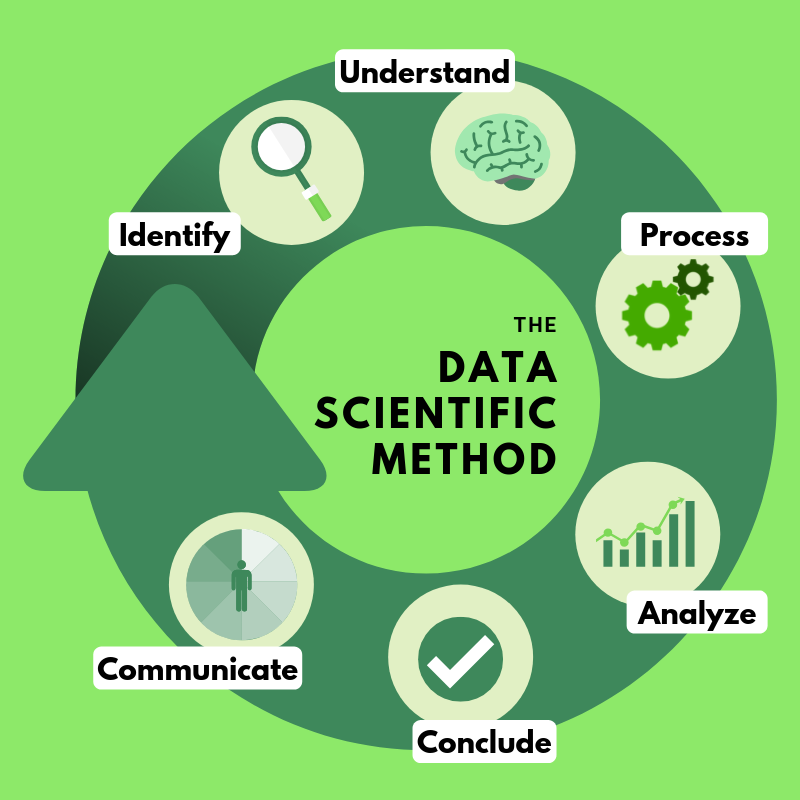The scientific method is a systematic approach to conducting research and acquiring knowledge about the natural world. It is the basis of scientific inquiry and has been used for centuries to understand everything from the composition of matter to the behavior of animals.
The scientific method consists of several steps, each of which plays an important role in the process of conducting research. The steps are:
Observation: The first step in the scientific method is to observe a phenomenon or situation that raises a question or problem. Observations can come from everyday experiences, such as noticing the movement of objects, or from more structured experiments.
Hypothesis: Once an observation has been made, the next step is to formulate a hypothesis, or a tentative explanation for the observation. A hypothesis is a statement that can be tested by conducting experiments or making further observations.
Prediction: Based on the hypothesis, scientists can make predictions about what will happen if certain conditions are met. Predictions help to guide the research process and provide a way to test the hypothesis.
Experimentation: The next step in the scientific method is to conduct experiments to test the hypothesis and predictions. Experiments involve manipulating variables and measuring the effects on the outcome. Experiments are often conducted multiple times to ensure that the results are reliable.
Analysis: After the experiments have been conducted, the data must be analyzed to determine whether the hypothesis is supported or refuted. Statistical analyses are often used to help interpret the data.
Conclusion: Based on the analysis of the data, a conclusion can be drawn about whether the hypothesis is supported or not. If the hypothesis is supported, it can be used to make further predictions and guide future research. If the hypothesis is not supported, it may be necessary to modify or abandon it.
The scientific method is an iterative process, meaning that scientists often repeat the steps multiple times in order to refine their understanding of a phenomenon. The results of one study can lead to new questions and hypotheses, which in turn can lead to further experiments and research.
The scientific method is also characterized by its emphasis on empirical evidence. In order for a hypothesis to be accepted, it must be supported by empirical evidence, or evidence that can be observed and measured. This emphasis on empirical evidence helps to ensure that scientific knowledge is objective and reliable.
In addition to its emphasis on empirical evidence, the scientific method is also characterized by its openness to revision. Scientific theories are not set in stone; rather, they are subject to revision and refinement as new evidence and insights emerge. This openness to revision is what makes science a dynamic and constantly evolving field.
In conclusion, the scientific method is a systematic approach to conducting research that has been used for centuries to understand the natural world. It consists of several steps, including observation, hypothesis, prediction, experimentation, analysis, and conclusion. The scientific method is characterized by its emphasis on empirical evidence and its openness to revision, making it a reliable and dynamic way to acquire knowledge about the world.








